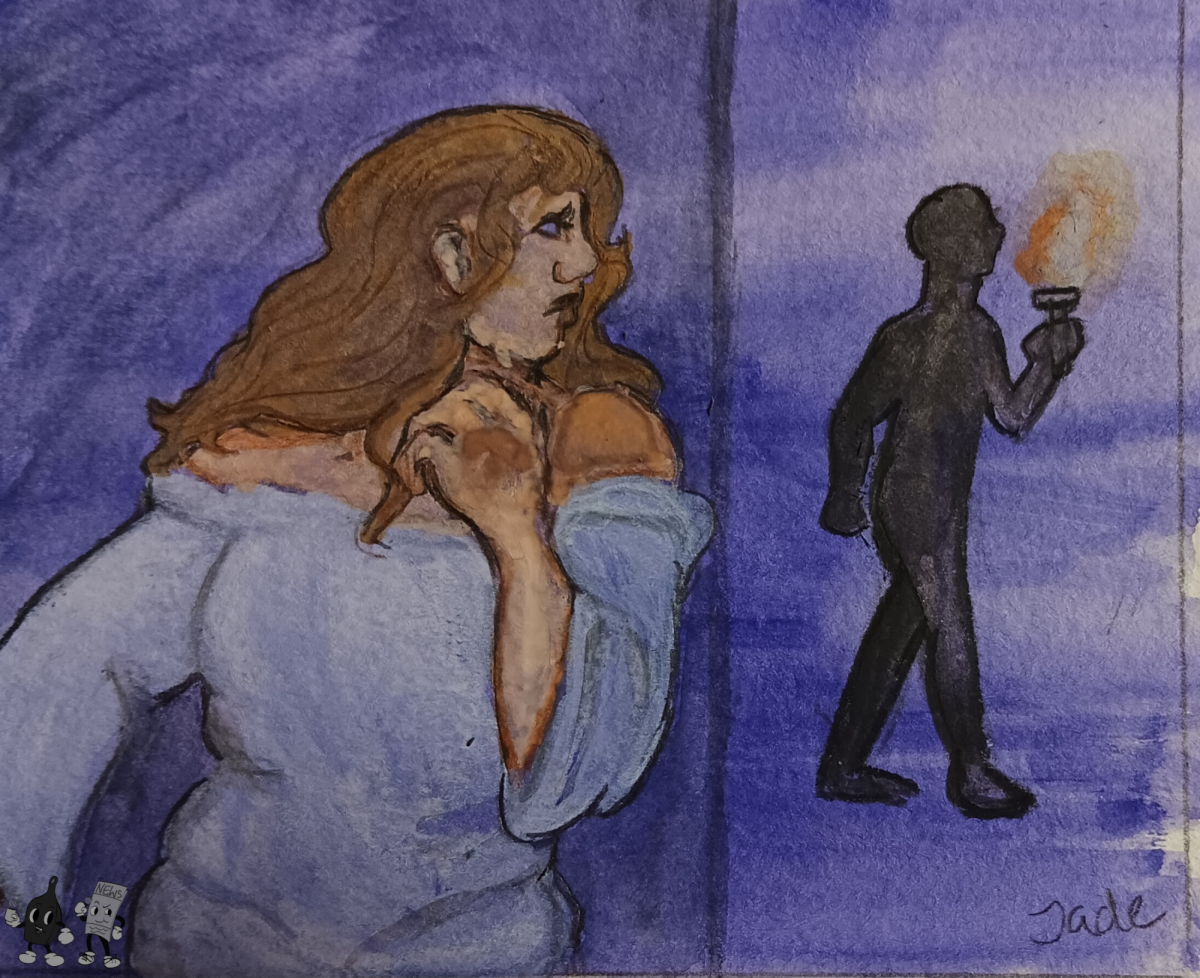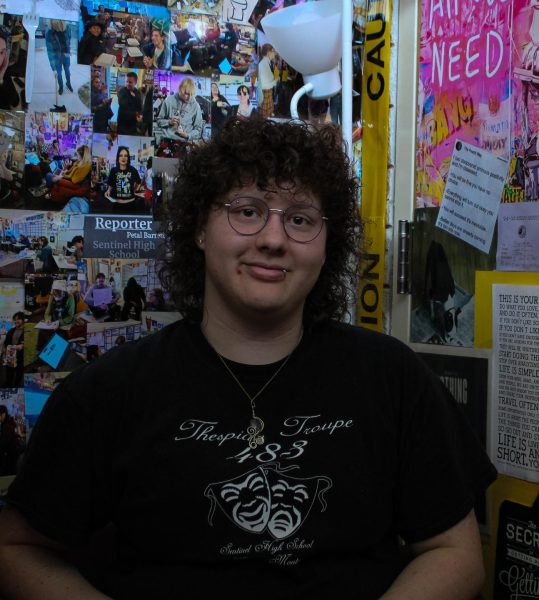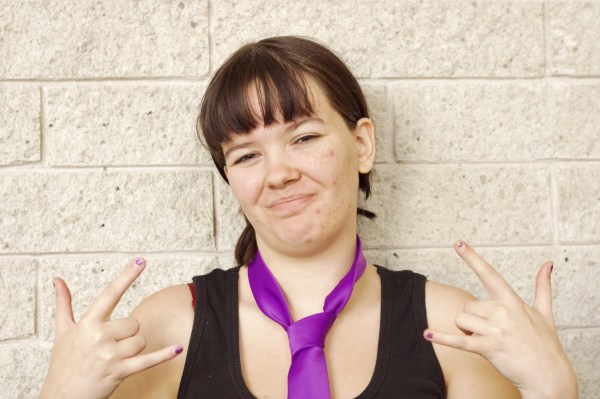TRIGGER WARNING: Discussions of murder, violence, social cleansing, exorcism, mentions of suicide, and misogyny. Read at your own discretion.
One of the most famous historical events relating to witchcraft is the Salem witch trials. During these trials, over 200 people were suspected of being witches, 19 of them were then tried and executed. Of the 19, 14 of them were women. Even today, these trials are still talked about, recreated, and used as inspiration for the media.
Within the 21st century, witch hunts are still a relevant issue, they just aren’t made to be as apparent. These modern day witch hunts have deep historical roots that can be traced back to religious beliefs or certain folklore. These historical roots often trace back to a misogynistic standpoint, and have stayed the same in these places.
Most of these modern witch hunts take place within Sub-Saharan Africa, India, Nepal, and Papua New Guinea. These hunts are violent and often lead to the death of the victim. They are often driven out of their homes, beaten, tortured, lynched, or burned by their own communities. In some cases, it is even the victim’s family who participate in this as a form of social cleansing.
The practice of social cleansing is the practice of removing or killing off certain groups in society. These people are often considered “undesirable”, and in the cases of accused witchcraft, this group is often women. They are seen as unwanted for many different reasons, including being considered elderly, poor, sick, or disabled.
Misogyny is one of the biggest factors when it comes to witch hunts and their continued practice. In India, women who are landowners are often suspected of witchcraft, and threatened off of their land by their neighbors. These women are usually widows, but because they do not have a husband, their ownership of property is seen as a threat to male property owners. They could become a target as well for refusing romantic or sexual advances.
These women are often left on their own, and given the choice to either abandon their land and homes, or die at the hands of those prosecuting them. Many have been driven to suicide because they do not receive help, even from their families. They are left on their own because families do not want to be made out as targets as well.
The word misogyny was first coined in the middle of the 17th century, from the Greek word misos (hatred). The start of this unequal treatment towards women started over 3,000 years ago, at the beginning of the Bronze Age. Society started to develop further, and the implementation of patriarchal governing systems tended to influence how women were viewed since they were not allowed to be in positions of power.
A Patriarchal social system upholds men’s ideologies and perpetuates gender inequality, since it presents the idea of a gap between the biological sex’s. This social system has influenced both religion, social rule, and the roles of women in our society and what they are allowed to do.
Since women have been deemed as the lesser biological sex, it presents much more restraint on what they are allowed to do. In many places, women are viewed as home-makers and are meant to be loyal and obedient to their fathers or husbands. When a woman defies this narrow course, their punishment can be decided based on either religious rules, or laws in the region.
A passageway that implicates the requirement of obedience onto women is from the Bible “Wives, submit to your own husbands, as to the Lord. For the husband is the head of the wife even as Christ is the head of the church, his body, and is himself its Savior. Now as the church submits to Christ, so also wives should submit in everything to their husbands” (Ephesians 5:22-24).
Widespread religion also directly impacts how women are viewed, as the leaders of these groups often wanted to keep women at a lower status than men. In many religious texts, women are often seen as the weaker sex. Many believed that this made women more susceptible to ‘demonic temptations’.
In the Christian Bible, Eve is the first to take a bite out of the apple that Satan, in snake form, offers (Genesis, 2:4-3:24). In the Christian religion, God’s way of punishing Eve and woman-kind is through making them lower than men, and having them be the bearers of children as well as staying at home to feed and bear children for their husbands. Because Eve was the first to be tempted by the devil, many think that women are more likely to be tempted by unholy desires as well, leaving them to be seen as weaker for their desires and emotional mindset.
In these places with religious history and ties, the idea of witchcraft is often linked to the devil. The devil and the devil’s power are a common fear of the people, and throughout history, many have claimed that unfortunate events have been caused by his wrath. People often claim that witches either make a deal with the devil, or are possessed by him as a way to explain the witches powers.
Even in the Salem witch trials, the main laws that were used as a way to pardon the execution of witches were passages from the Bible and other religious texts. Salem’s General Court adopted many passages that stated “If any man or woman be a Witch, that is, hath or consulted with a familiar spirit, they shall be put to death” (Exod. 22:18). These combined religious passages influenced the execution of many women through the idea of witchcraft.
In the 18th century, women who were diagnosed with hysteria were often exorcized by priests as a way of trying to stop these symptoms. Alongside different mental illnesses, physical disabilities also were often seen as signs of demonic influence, or even as curses. Many women and men continue to be exorcized and hunted for these issues as an act of either social cleansing or from a lack of education and medical knowledge.
Many of the countries who still participate in witch-hunts have been influenced by religious figures from Christianity. Despite its prevalent ties with Christianity, it is not the only religion that mentions witchcraft, so its origins are both widespread and not correlated to one singular region. Although these witch hunts aren’t exclusive to women, it is predominantly women within these communities who are accused of witchcraft, and are the main targets of these crimes.





